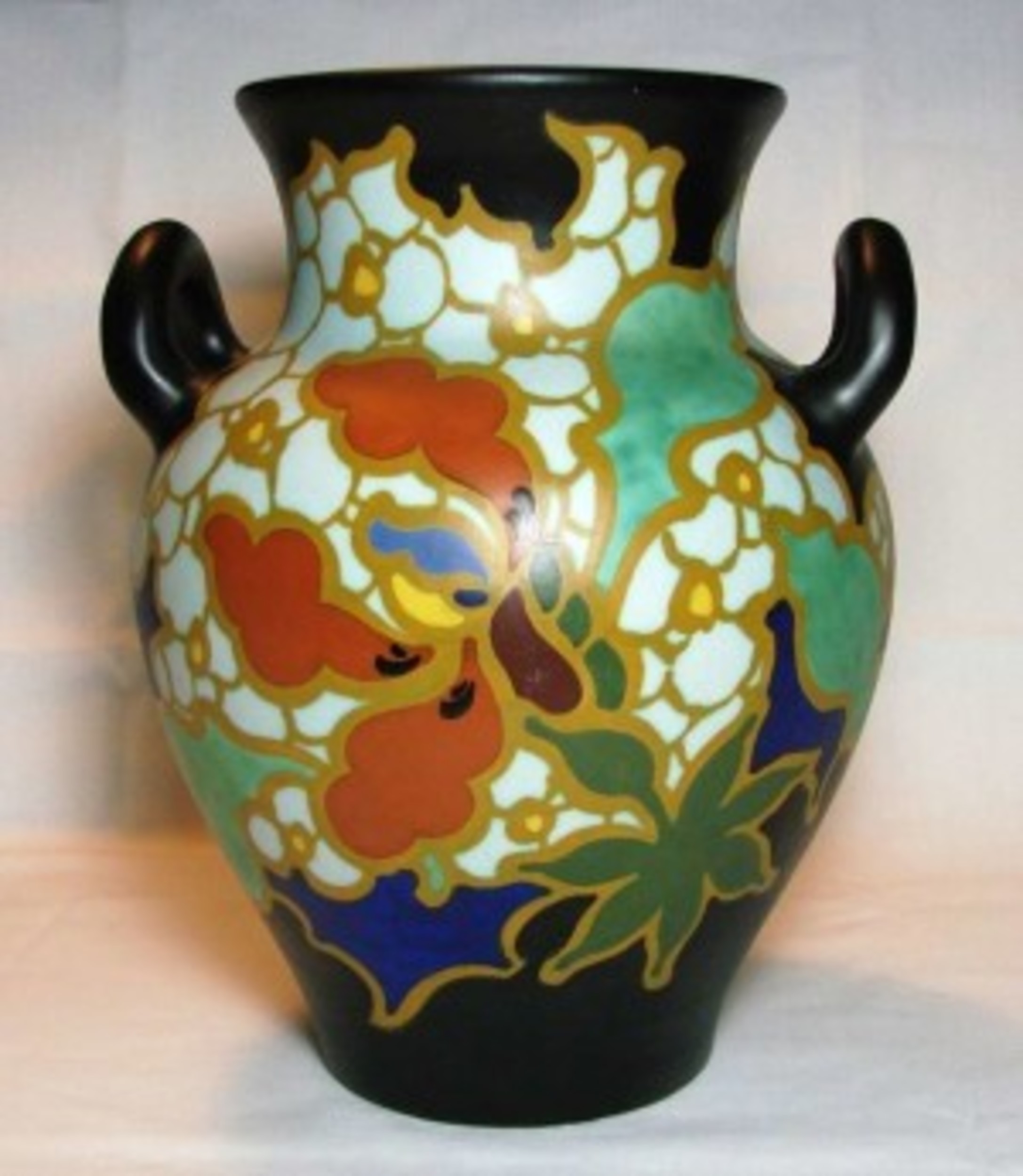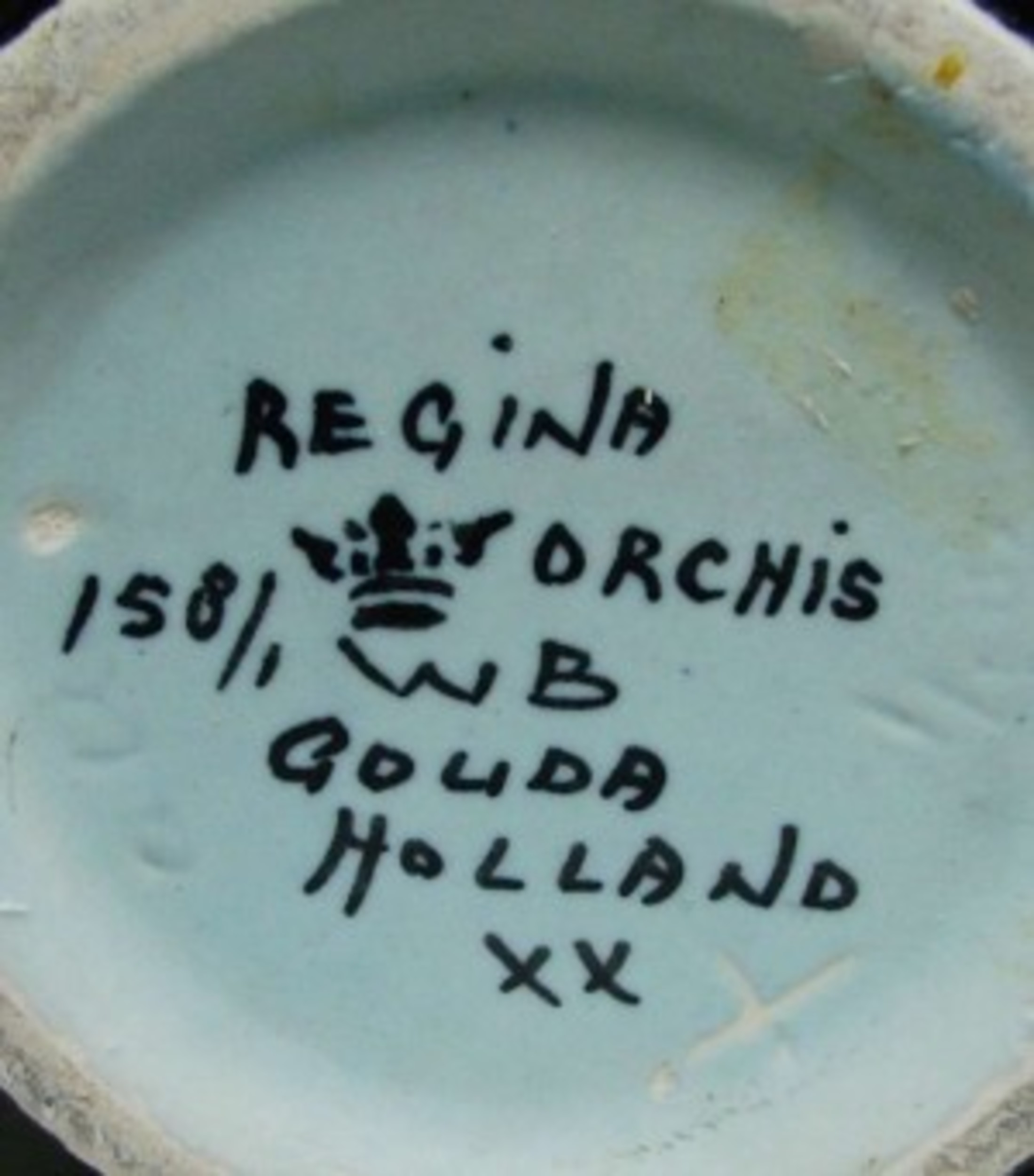Trash or Treasure?
Q. I have a vase that is stamped “Regina Gouda Holland” with some numbers written below. It is 10” high. Can you tell me anything about it?
Gouda pottery (pronounced “Howda” in Dutch) is named after the town where the factories …
This item is available in full to subscribers.
Please log in to continue |
Register to post eventsIf you'd like to post an event to our calendar, you can create a free account by clicking here. Note that free accounts do not have access to our subscriber-only content. |
Day pass subscribers
Are you a day pass subscriber who needs to log in? Click here to continue.
Trash or Treasure?
Q. I have a vase that is stamped “Regina Gouda Holland” with some numbers written below. It is 10” high. Can you tell me anything about it?
Gouda pottery (pronounced “Howda” in Dutch) is named after the town where the factories were located. Gouda pottery was primarily manufactured for domestic use in the late nineteenth century. In the late 1870’s, there developed a movement and reaction to mass produced objects which became known as the “Art Nouveau” period. Gouda’s handcrafted decorative pottery became popular. Large elaborately painted pieces were showcased at the Paris World’s Fair in 1900. At its peak, over 40,000 people worked in Gouda potteries.
Gouda art pottery pieces share many similarities: matte finishes, black borders, circular bands of dots and lines, birds, flowers and curvaceous forms. Regina was one of the factories in Gouda and was in business from 1898 until 1980. After World Wars I and II, those potteries that had survived did so by cutting corners to make their wares more affordable for the masses. The art pottery business was gone. Production consisted of simple designs which were sprayed on instead of hand painted, fewer choices of style and the manufacture of collectibles. It wasn’t until the 1960’s-1970’s that people “rediscovered” Gouda art pottery.
Now desired by collectors, many Gouda pieces sell for hundreds of dollars depending on maker and designer. Your piece was painted in the 1920’s-1930’s. The pattern name is Orchis. Your vase would sell for between $100 and $150.
Karen Waterman is a fine art, antique furniture and decorative arts appraiser in the East Bay area and will answer as many questions regarding your“hidden treasures” as possible. By sending a letter or email with a question you give full permission for use in the column. Names, addresses or e-mail will not be published and photos will be returned if requested. Send e-mails (digital photos preferred) to watermanappraisal@gmail.com. Send snail mail to Waterman Appraisal and Consulting Services, PO Box 134, Barrington, RI 02806.









